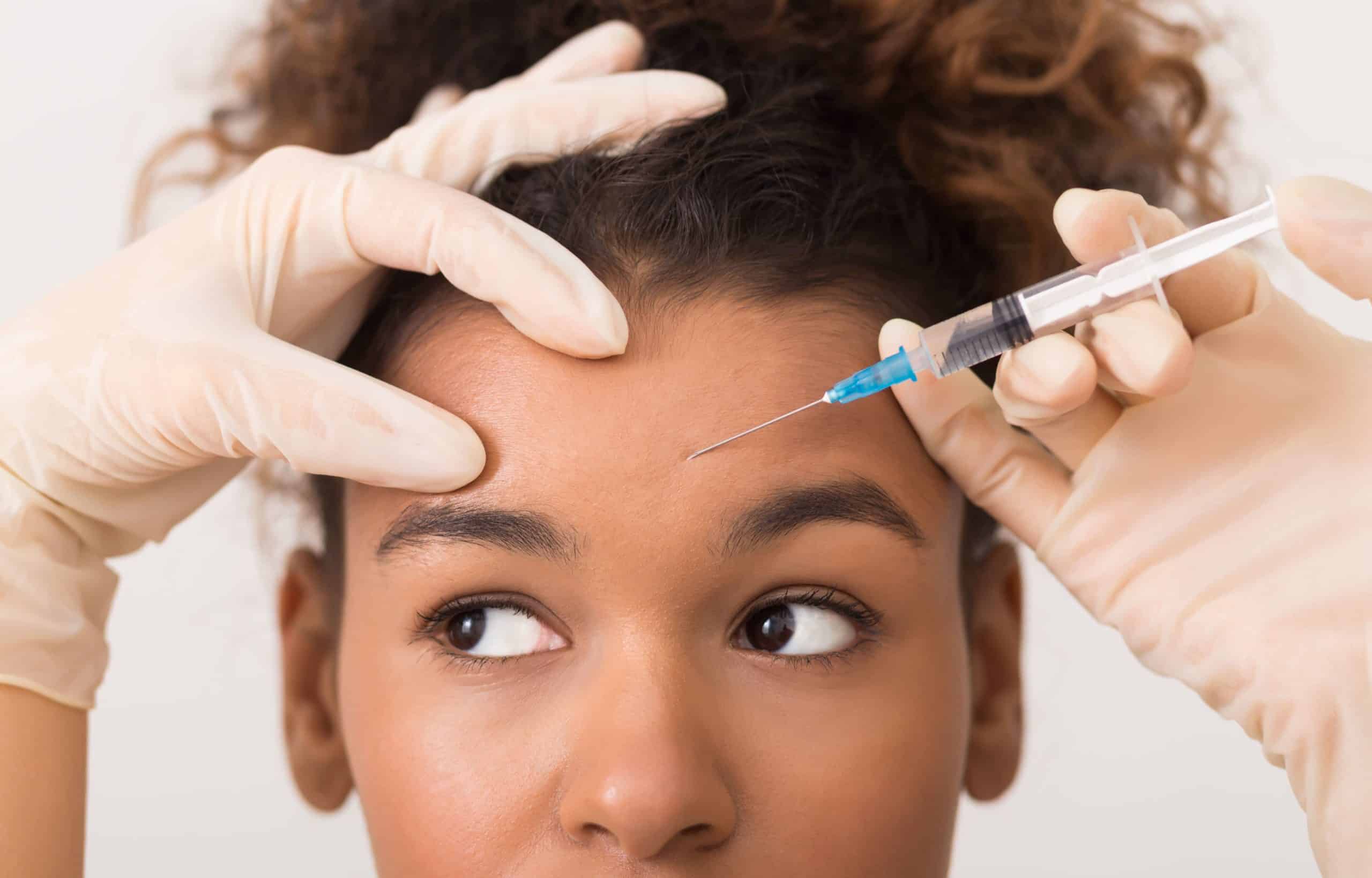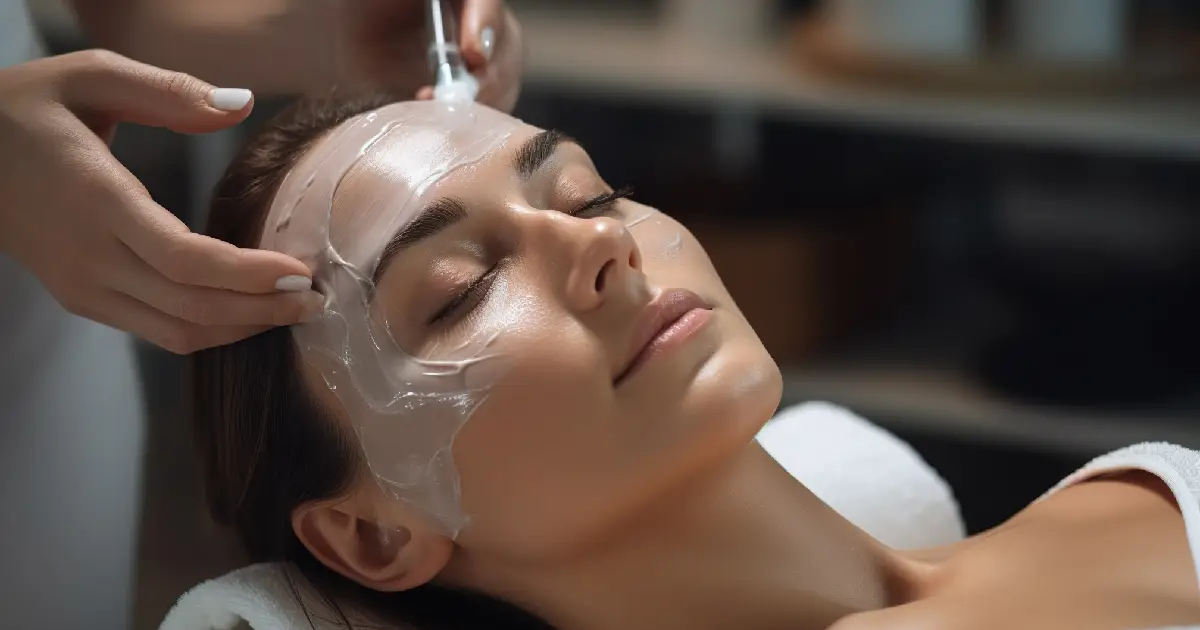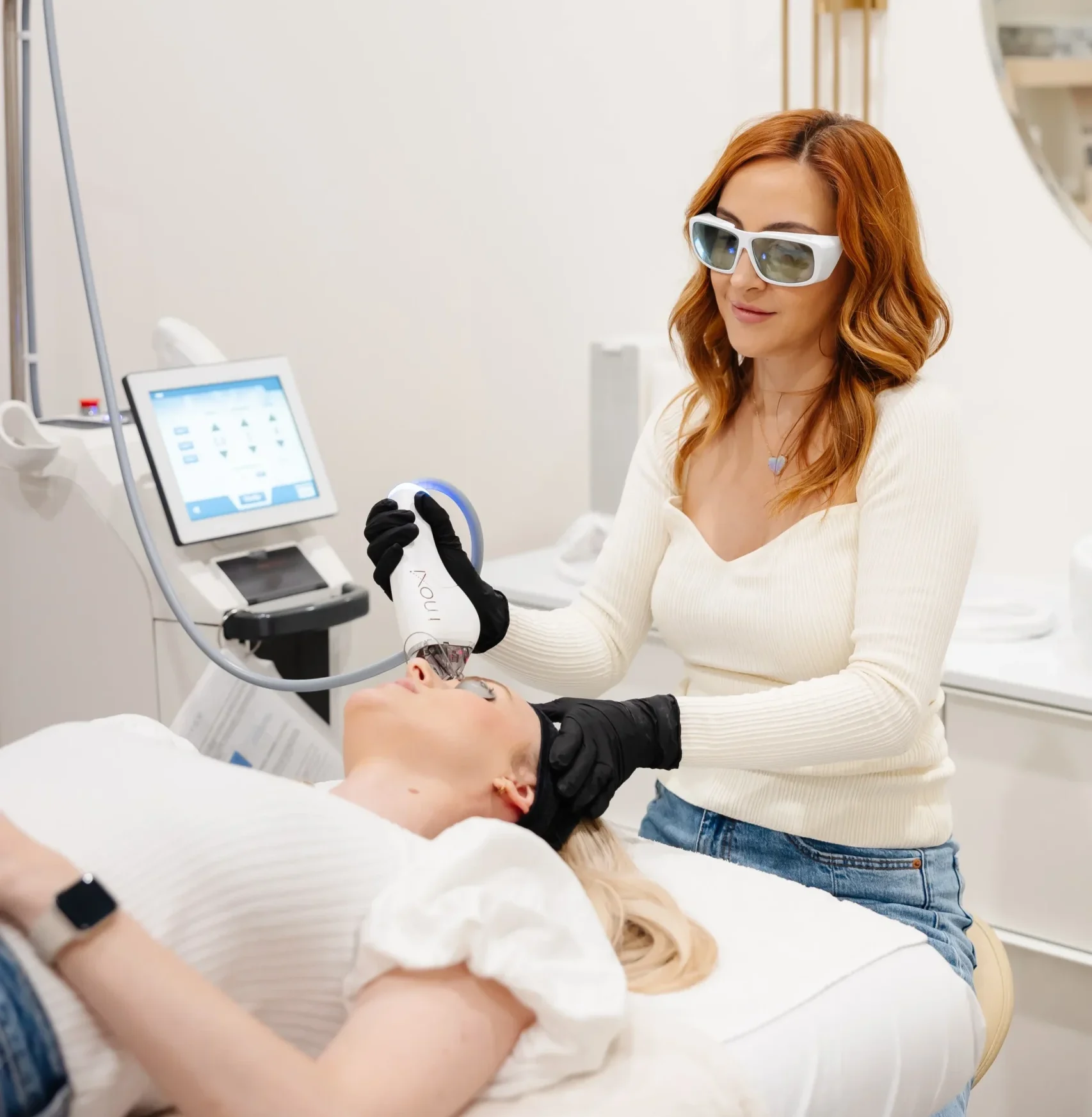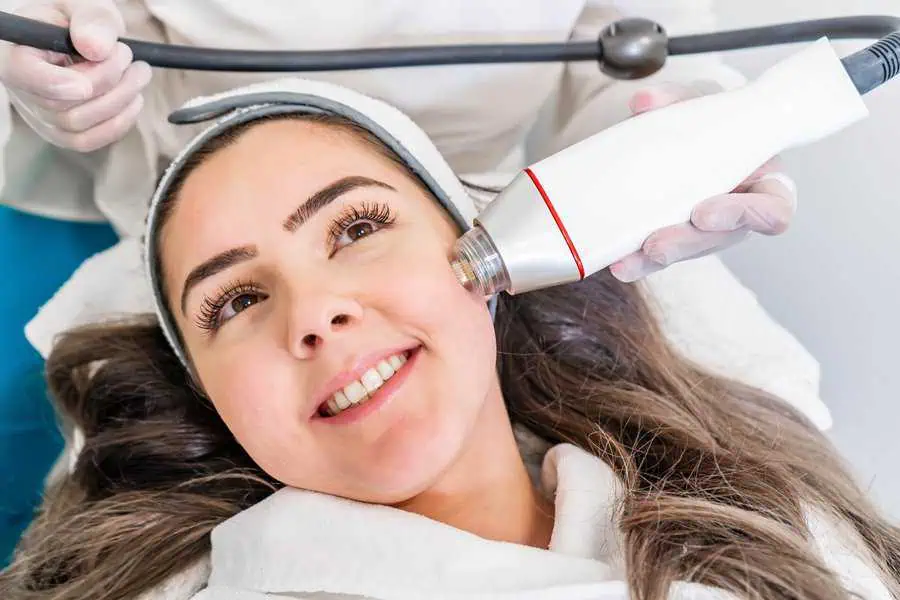Botox and Dysport are two (2) of today’s modern approaches against wrinkles and other natural signs of aging. Our skin loses elasticity over time thanks to collagen and elastin reduction, smoking, and too much exposure to the sun. Additionally, facial expressions like frowning, squinting, and even smiling can make wrinkles more profound and pronounced. Sometimes, these unwanted wrinkles can show up sooner than we would expect.
But with injectables such as Botox and Dysport, we can now become free from these signs of aging and do so much more. Today, we’ll break down what Botox and Dysport are and how each one differs from the other. Read until the very end to help you understand how these two (2) popular injectables work and which one can help you with your skin issues and concerns.
What is Botox?
Botox is termed adequately as a neuromodulator. It is produced from the bacterium clostridium botulinum. Also known as Botulinum Type A, Botox can significantly help reduce or remove undesirable wrinkles and fine lines when utilized in controlled amounts.
The injectable Botox works by blocking nerve-to-muscle signals found in the face that eventually go to the brain. When misused, however, this toxin can become pretty dangerous, presenting unwanted botulism symptoms. But when administered by the right hands, like board-certified dermatologists or plastic surgeons, Botox is very safe and effective.
When Botox blocks facial nerve signals, facial muscles can no longer contract as freely as before. This restricted motion smooths out your skin, significantly reducing all the possible appearance of wrinkles. As the first-ever FDA-approved Botulinum Type A neuromodulator, Botox was introduced onto the market in 1989, before its eventual approval for the now-popular cosmetic use in 2002. From then on, this injectable has become one of the flagship brands in the injectables market. Moreover, Botox can also be used for a wide array of medical conditions.
What is Dysport?
Because of Botox’s inception and eventual popularity, other cosmetic companies have introduced and innovated injectables to the market to help get rid of unwanted wrinkles. Soon after the launch of Botox, its famous European counterpart, Dysport, started serving more than 60 countries worldwide. In 2009, Dysport became FDA-approved for use in the United States. This non-invasive injectable has been proven effective in treating unwanted wrinkles and undesirable fine lines. Both Botox and Dysport are injectables that had medical uses before even being approved for their now-popular cosmetic use.
Botulinum Type A is Dysport’s principal active ingredient like its counterpart, Botox. When injected, Dysport works by disabling the nerves around the targeted injection site. It then limits the movement of muscles, eventually relaxing the treated area and smoothing out the skin. But remember that Dysport mainly positions itself in treating moderate to severe forehead lines and glabellar lines, also known as frown lines or 11 lines. Board-certified dermatologists should be able to administer both products, even using both towards various parts of your face.
The Difference Between Botox and Dysport
Superficially, no real difference can seem to be evident between Botox and Dysport. Both injectables contain Botulinum Type A as their active ingredient, helping reduce the unwanted appearance of wrinkles. But there are still some significant distinctions that can make skin experts like your dermatologist choose one over the other injectable.
Probably the most significant difference between the two is their levels of concentration. Botox is less diluted than Dysport, with almost 1 to 3 splits. Depending on where these injectables will be administered, practitioners may be required more product to fill one area over others.
Of course, back then, it was easy to believe Dysport would become much more expensive than Botox. However, this was not the case. Prices per unit in Dysport are significantly cheaper than Botox. Because of the higher number of units, it has over Botox, its cost for each treatment only comes up about the same.
When it comes to molecular behavior and diffusion, Dysport also varies since this makeup allows its faster spreading, especially when treating larger surface areas using only a few injections. Differences between Botox and Dysport come from how skin experts and practitioners administer each injectable. Experienced doctors and well-trained healthcare providers typically use both these injectables for these particular areas:
- Botox is more suitable for Crow’s feet, lip lines, and other fine wrinkles. Because of its high concentration and slow movement, this injectable is perfect for small areas.
- Dysport works better with larger surface areas, such as the forehead and 11 lines. Since it’s fast-acting, these injectables spread quicker and more evenly.
Due to the dilution difference between Botox and Dysport, we can safely utilize both injectables for a similar price.
Procedure Differences
Both Dysport and Botox follow the same process. Starting with initial consultations with your dermatologist, both of these injectables require checking your medical history, assessing current wrinkles on your face, and coming up with a treatment plan. In some instances, this plan can contain both Botox and Dysport being administered in the same session.
As non-invasive procedures, Botox and Dysport will only take no more than 30 minutes in typical instances. Quite commonly, patients can even have their injectable while on their lunch break. Unlike invasive procedures, Botox and Dysport have shorter recovery time needed but with a high success rate. The only significant difference during your procedure would be the injectable used during your session.
Practitioners begin the procedure by marking off the targeted injection sites. Then, topical agents will numb your skin before the actual procedure. They will then inject the Botox or Dysport in their appropriate treatment spots. At times, Dysport injections may be more profound compared to Botox injections. Deeper injections help cover much larger treatment areas. After checking your skin when your procedure is done to make sure all went well, you can already leave and go back to your typical day. Doctors or healthcare providers will give you some simple instructions on what and what not to do, such as:
- Have no alcohol intake at least 48 hours after your treatment.
- Refrain from massaging your face or treating injection areas to help avoid the spread of the neuromodulator to the other parts of your face.
- Do not exercise or do strenuous activities for the next four (4) hours after undergoing Botox or Dysport.
- Avoid too much sun exposure, especially at least 24 hours from your treatment time.
- Do not lay down yet for the next three (3) hours after your treatment is done.
The Bottomline
Although different, Botox and Dysport can both provide effective results towards skin rejuvenation and a wrinkle-free face even after a while once you’re done with your treatments. Talk to your doctor or healthcare provider to know which one is right for your skin issues, Botox, Dysport, or even both.
Do you want Botox or Dysport for your skin concerns? The professional team at Fine Line Aesthetics in Frisco TX can help you today. Call now to schedule your appointment!


